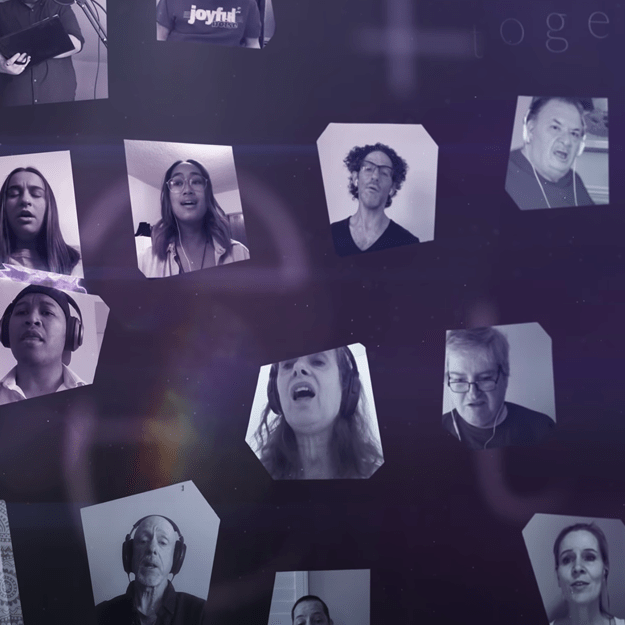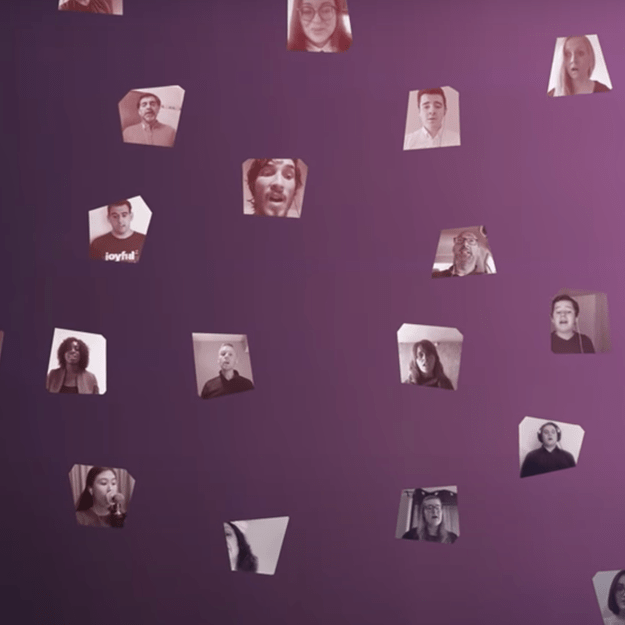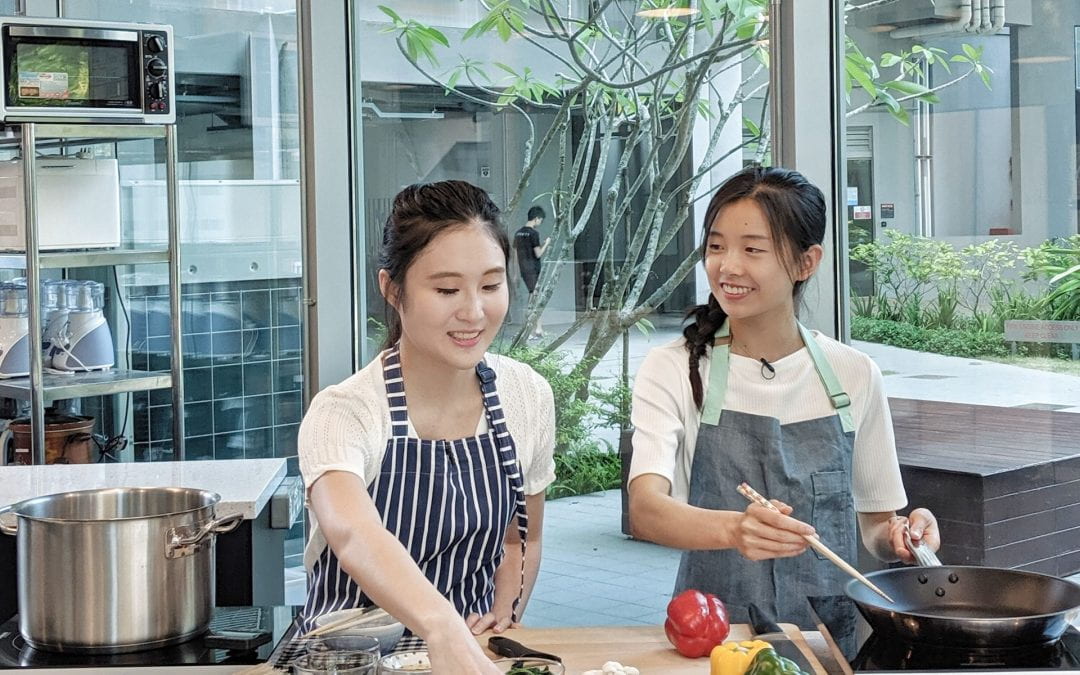Singing in a virtual choir of 17,000 singers
It is still possible to make meaningful human connections in the age of social distancing, as Chia Kun Liang discovers from singing in a virtual choir and learning puppetry over Zoom
After my exchange programme in Taipei was cut short amidst the global pandemic, I began to think about how I could make my time during the circuit breaker in Singapore a positive experience.
The closure of many schools, institutions and community facilities worldwide made it almost impossible for learning and social connections to happen in ways familiar to us. But two things I did during this period of isolation – joining a virtual choir and attending a puppetry course over Zoom – helped me realise that the crisis could also be a chance to establish a new sense of community.

It all started with Grammy Award-winning composer and conductor Eric Whitacre’s call for singers to join the sixth edition of his virtual choir in May. I’ve followed his choral works for years, but never felt good enough to be part of his virtual choirs. In a virtual choir performance, every performer’s video of himself/herself singing is synchronised and merged into a single choral work. This time, however, the song’s theme of standing together resonated greatly with me, as the world continues to grapple with the immense uncertainties. Alongside other singers, I decided to show my support with my voice in such unprecedented times.
It was definitely a strange experience – from “attending” sectional rehearsals and vocal
technique demonstrations over YouTube livestreams, to learning the songs on our own using the guided tracks provided for each part. Singing a choral piece alone in a room made me feel vulnerable. There were no other singers around to help smoothen the rough edges in my raw voice.
Singing a choral piece alone in a room made me feel vulnerable. There were no other singers around to help smoothen the rough edges in my raw voice.
This vulnerability was similar to what I experienced during my eight-week online puppetry summer term with the London-based Little Angel Theatre, led by awardwinning puppetry artist and director Oliver Hymans.
I would stay up late on Wednesdays to learn all about the principles of puppetry and basics of puppet manipulation, constructing a variety of different puppet forms, as well as to interact and exchange ideas with 15 of my coursemates who are based in the UK and US – all these, over Zoom.
Without access to direct help from the instructor or one another, we definitely had our fair share of problems while building our puppets – after all, puppetry is essentially practical and hands-on in nature. But we explored new ways to connect, support and collaborate with one another. This experience made us more empathetic, resourceful and resilient as a community that takes pride in learning despite these dark times.

While nothing will beat singing in a live choir, or attending classes in a physical location, my experience with their virtual alternatives has shown me newfound possibilities. In fact, when the virtual choir performance I was involved in debuted on 19 July on YouTube, I got emotional and choked up – this was the result of the unwavering support, encouragement and empathy of fellow singers. For some, the virtual choir piece was a reminder of how they have risen above the difficult times, and for others, a tribute to loved ones lost to COVID-19.
In most circumstances, I would not have been able to gather with over 17,000 singers to sing in the same space or travel over 6,000 miles to attend a puppetry course, but I was able to achieve both virtually. Without a stage, it is still possible to nurture more singers and puppetry enthusiasts.
And just like in the Japanese art of Kintsugi, we may have been fragmented into individual mosaic pieces in this pandemic, but it is possible to reconnect with one another once again, and this time, emerging more resilient.

This story was published in the Aug-Sep 2020 issue of HEY!. To read it and other stories from this issue in print, click here.

9 things you need to know about ASMR
Saw Asst Prof Ross Williams explaining the concept of autonomous sensory meridian response (ASMR) on our #NTUsg IG Story? We took your questions for the School of Art, Design & Media sound expert (and NTU’s very own Christian Bale!), and added a few of our own by...

Warning: Hot class ahead
What’s causing such a stir at the culinaiRE kitchen on campus? The flavour of the month: Korean japchae by Chrystal Chan Korean japchae, anyone? By the looks of it, many NTU hall residents are saying “aye”. Three nights a week, the culinaiRE kitchen in Tanjong Hall is...

Tips on going on exchange from a senior
Before heading to Australia for a six-month exchange programme at Swinburne University, communication student Sergul Toh pings his senior, art student Muhammad Jafri Bin Jaafar, for some quick advice Sergul Jafri Sergul: Jaf, heard you just came back from exchange...

These students are supporting the fight against COVID-19
Students and staff band together to support the university community by Junn Loh Tristan Goh is on a mission to deliver meals to students on a leave of absence because of the novel coronavirus situation. He says he wants “to make a statement”, as he sees it....

What if it snowed in NTU?
Happy to escape the northern winter, Andrew Duffy wonders what would happen if it snowed in NTU DIGITAL ART: SEAN LEE It’s coming up to the time of year when exchange students from Sweden and Canada are as warm on the inside as they are on the outside. They’re...


